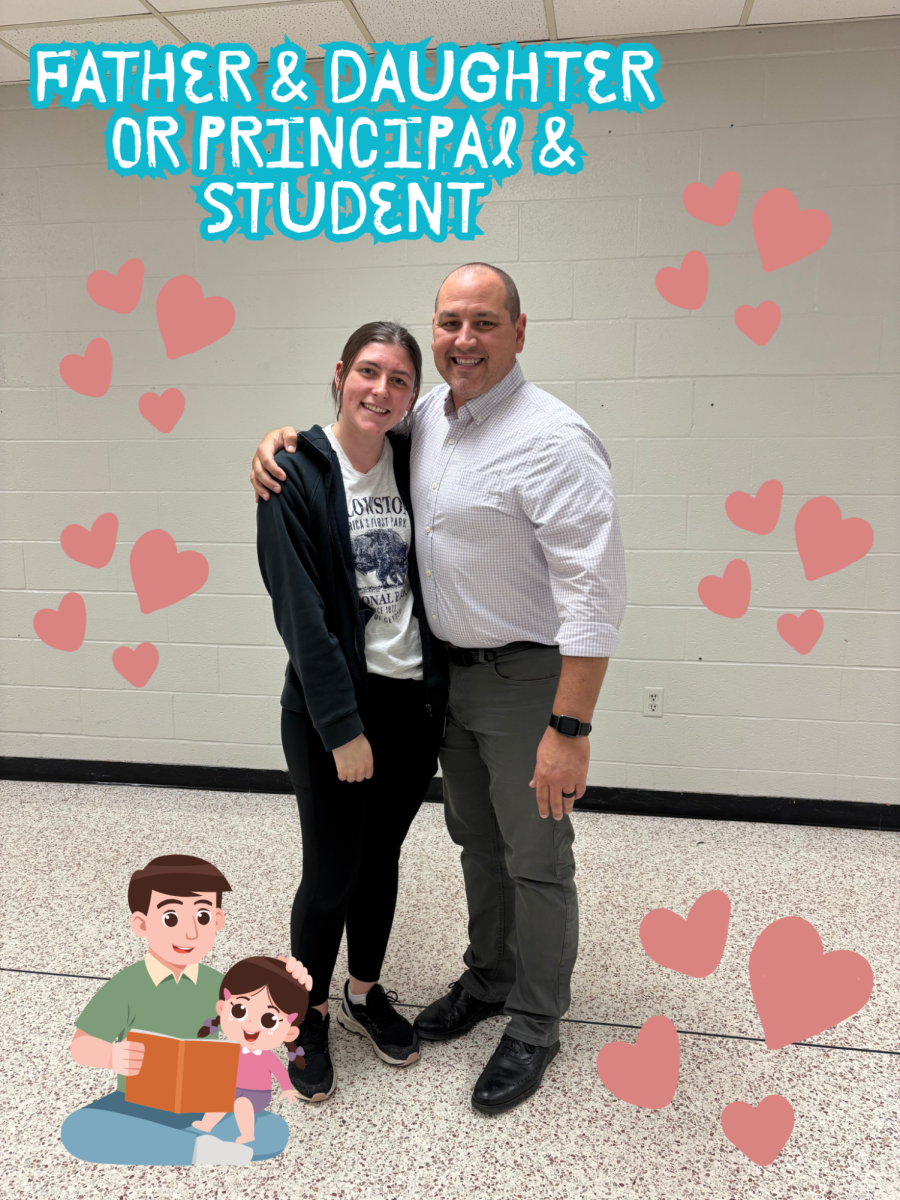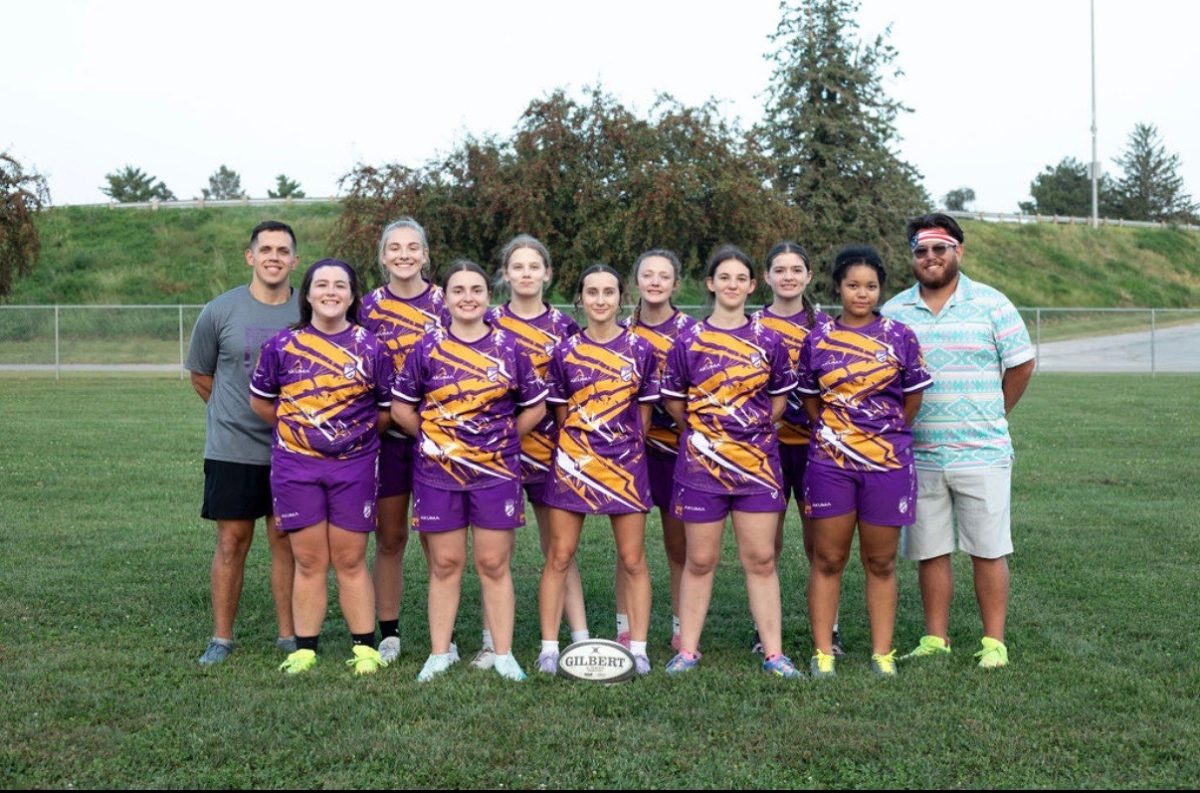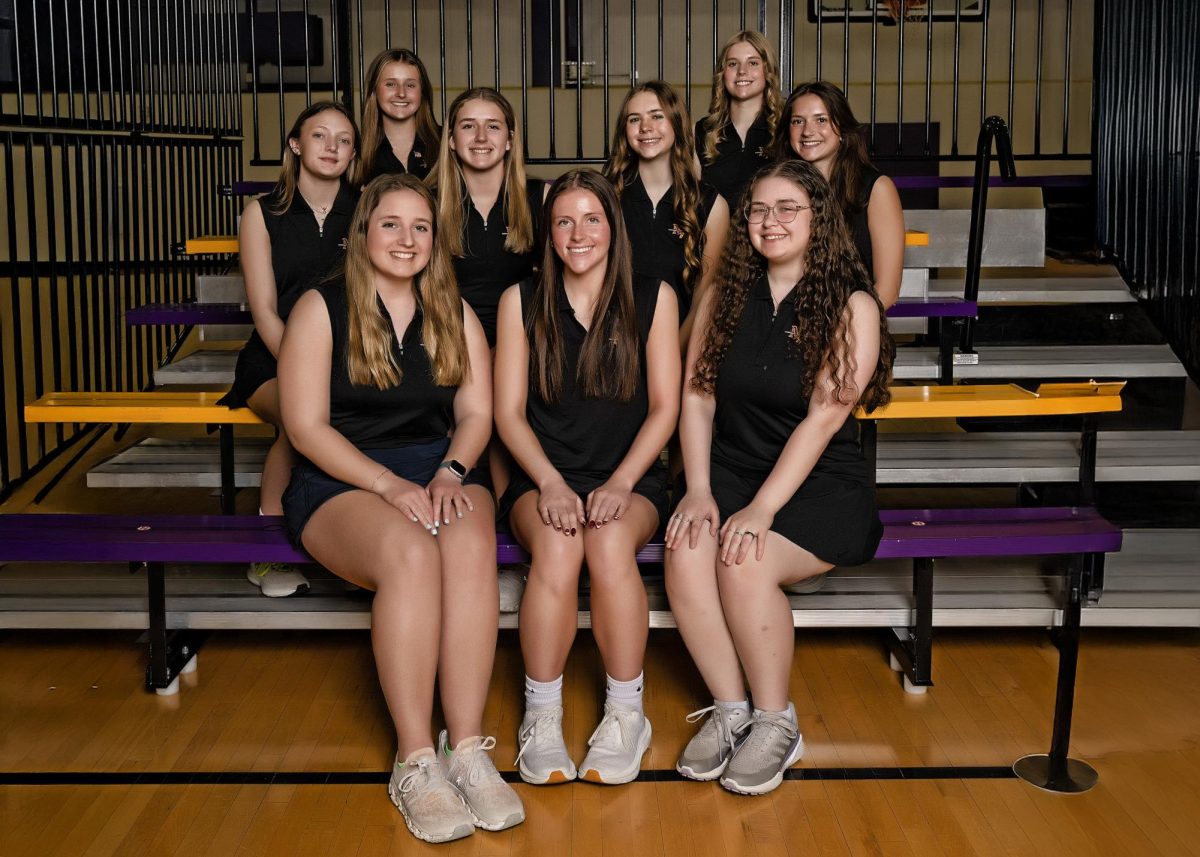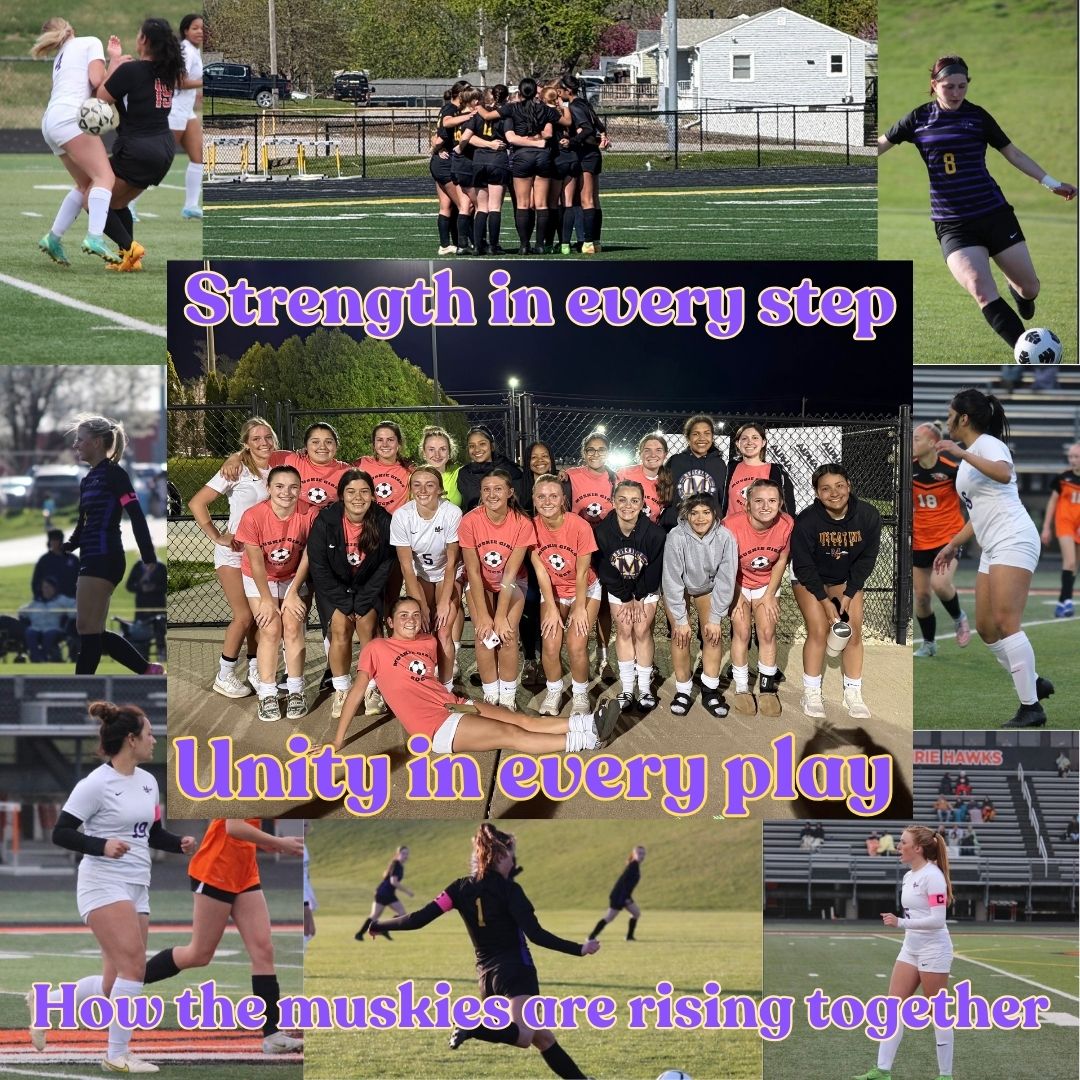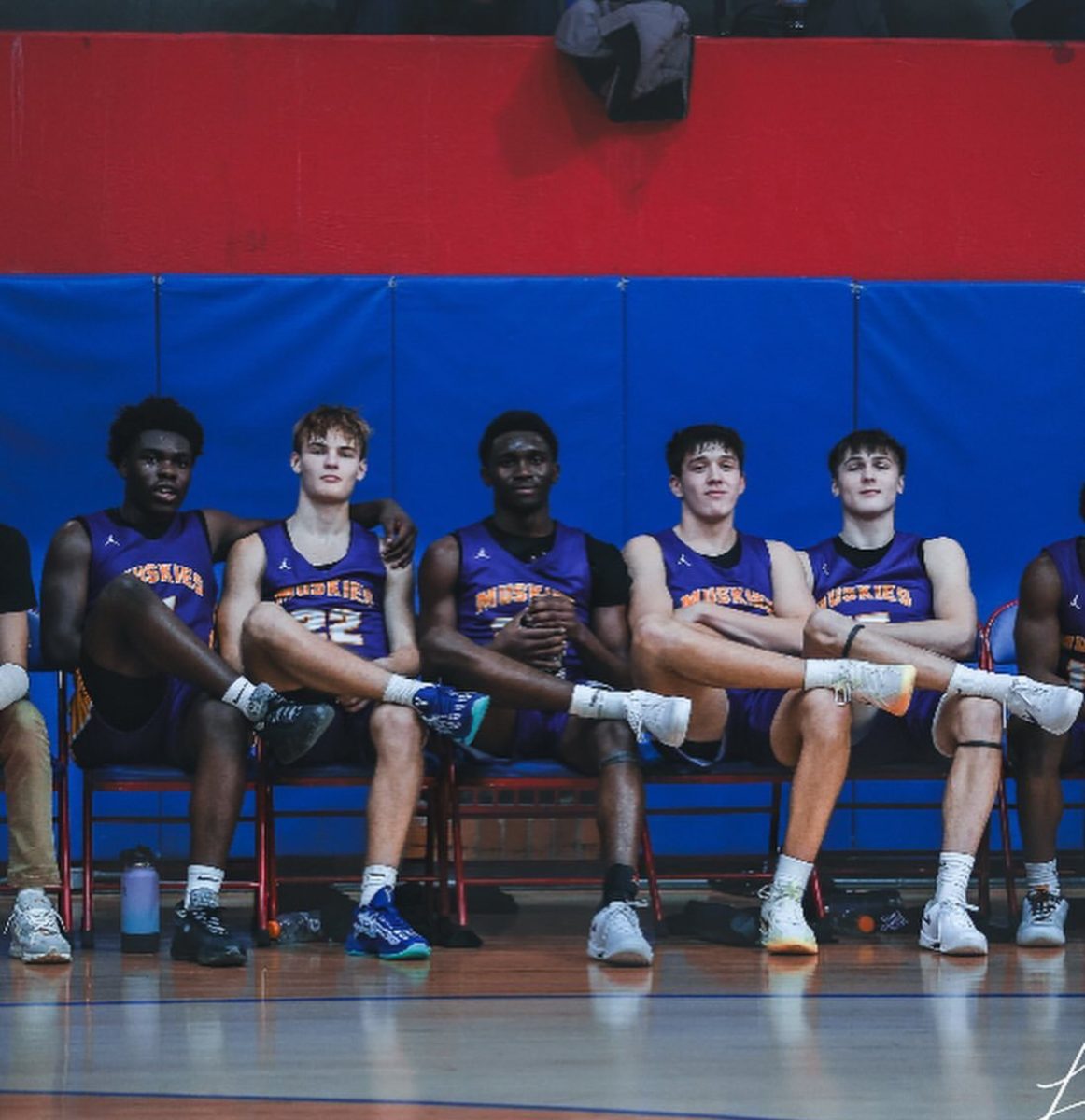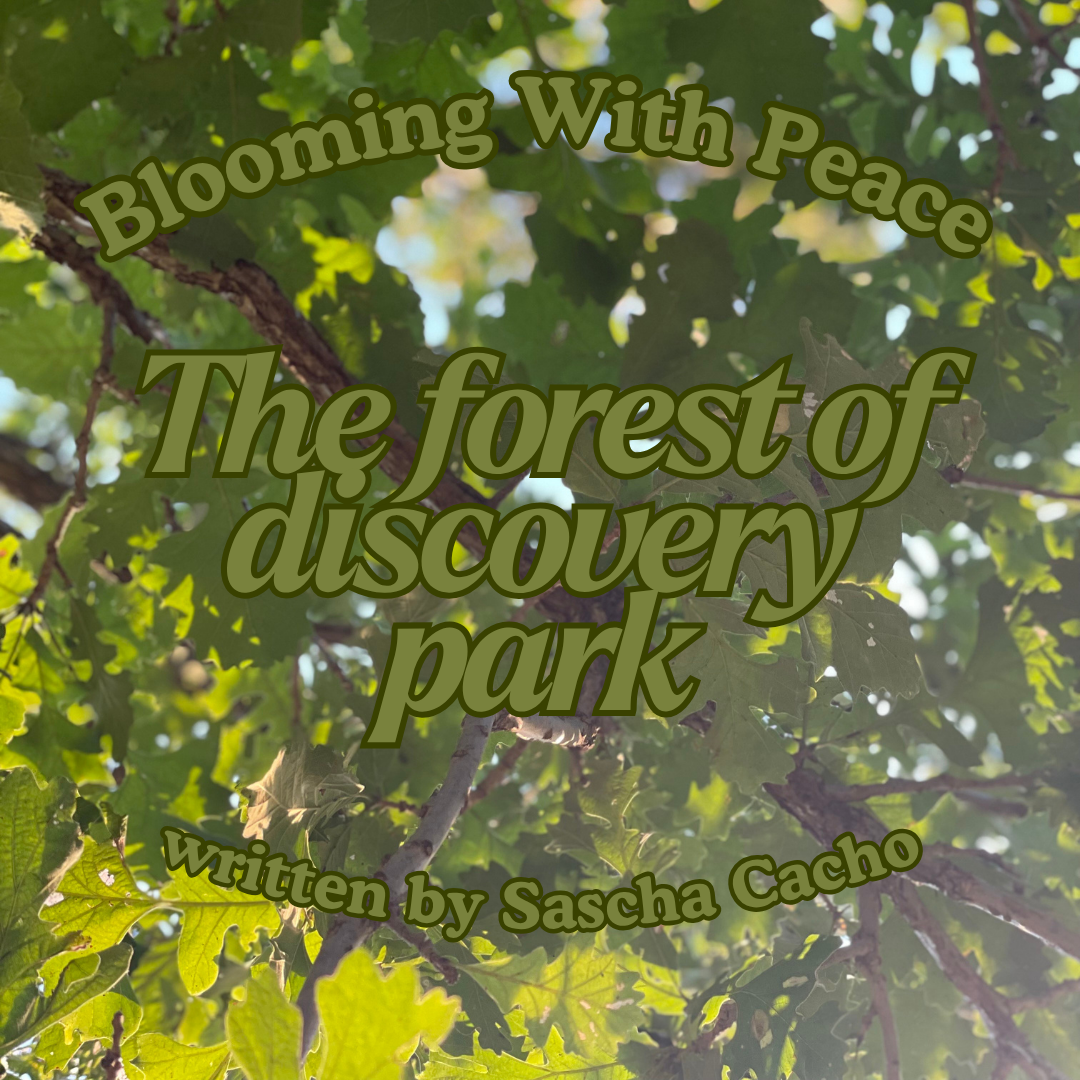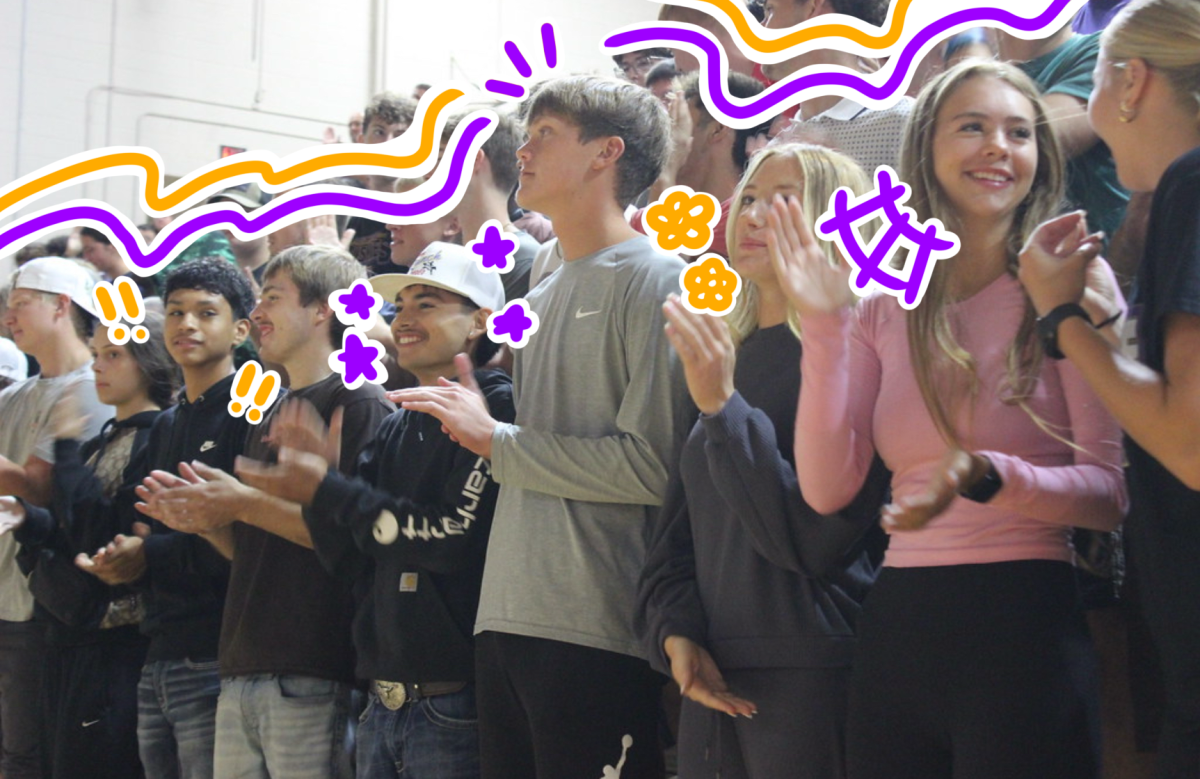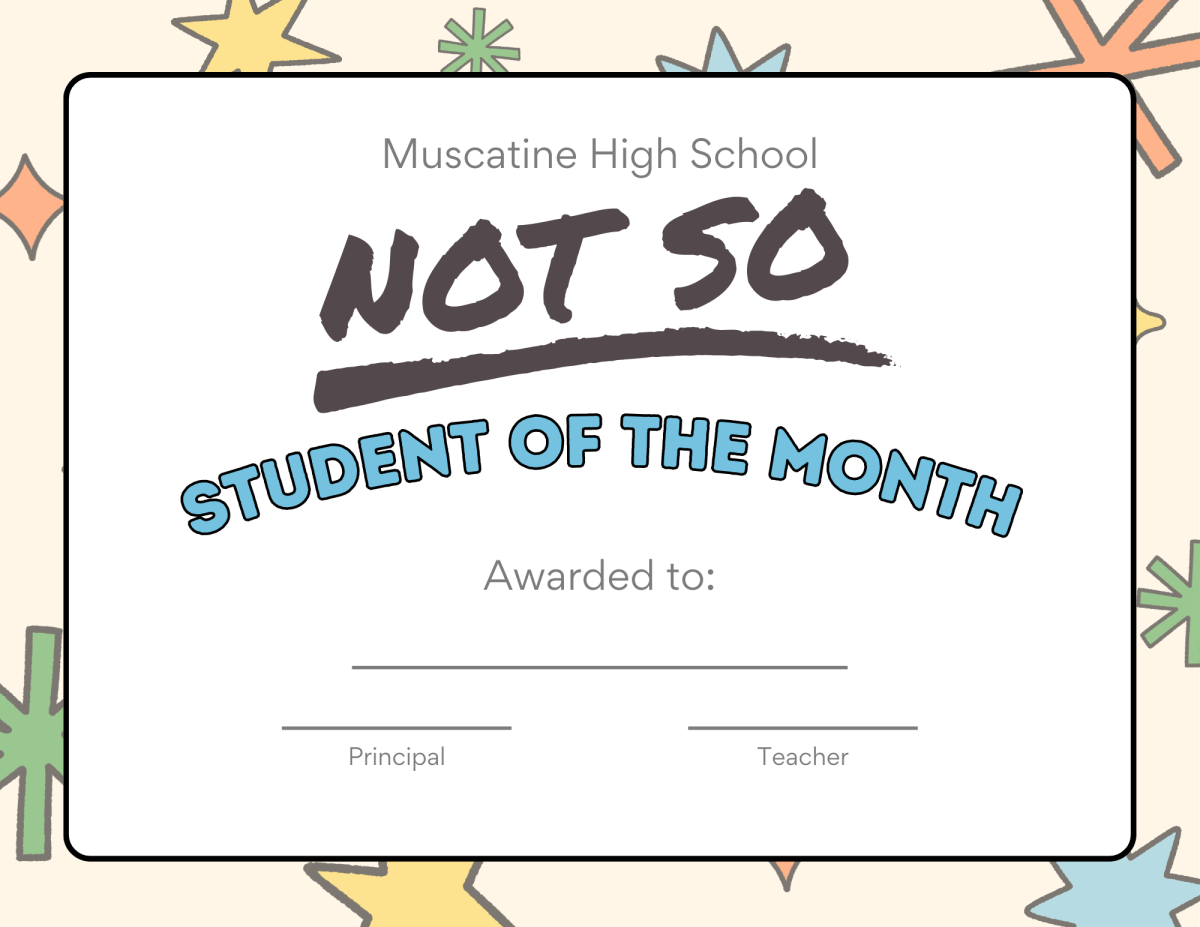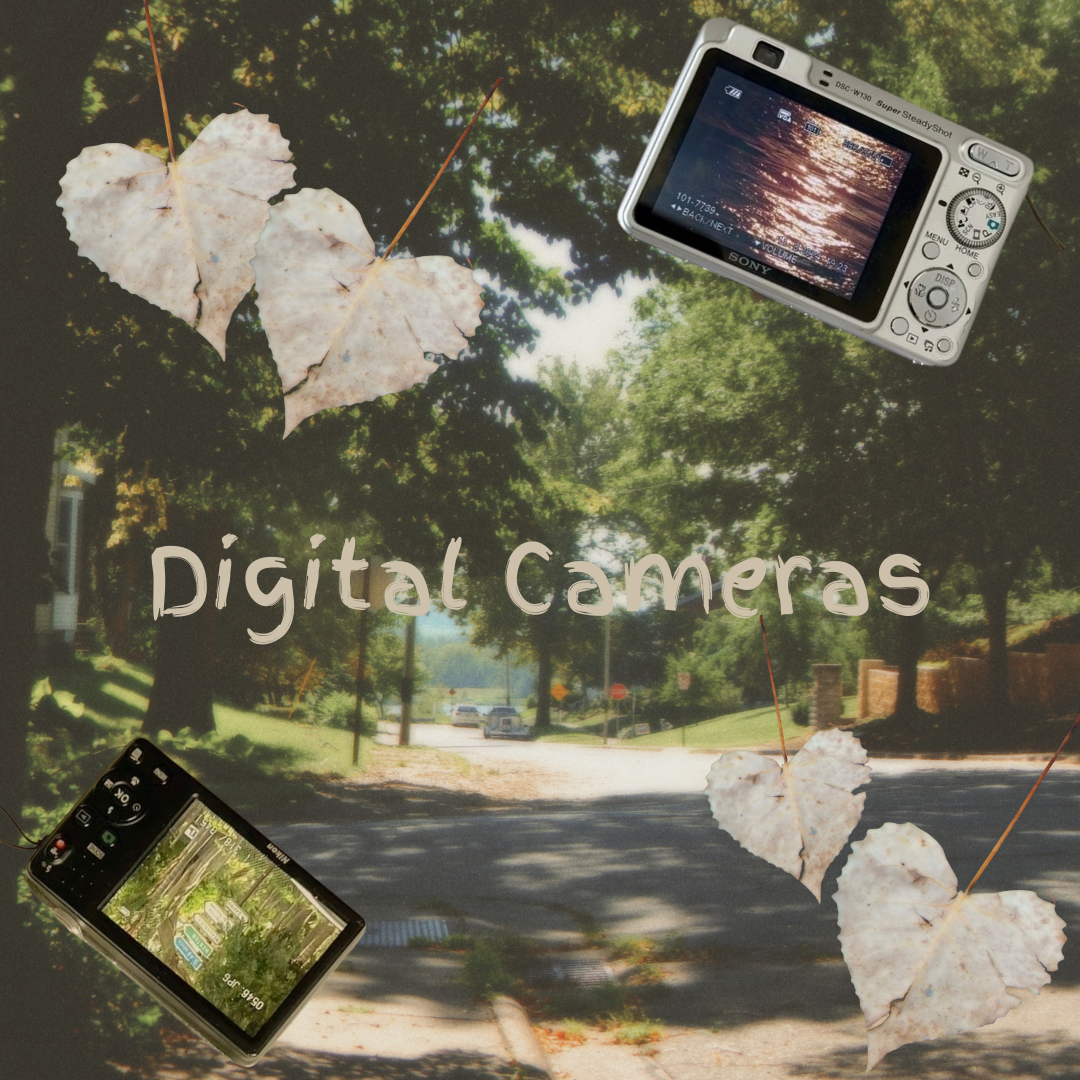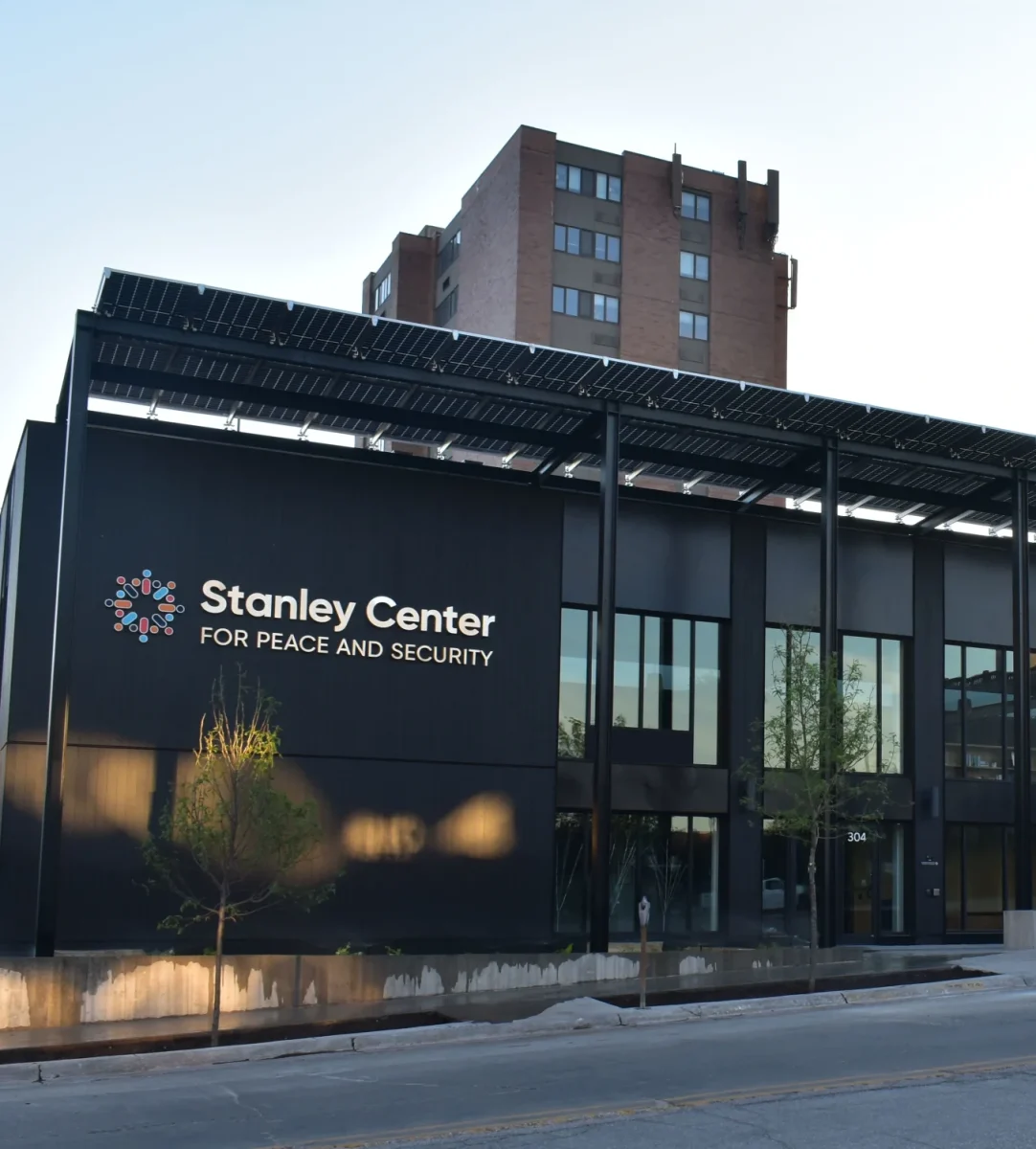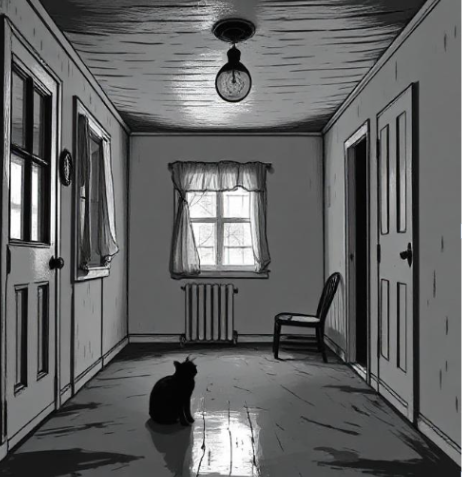Residents of Muscatine know the arboretum as a lush, tree-filled area of Discovery Park, but not everyone is familiar with the story of its beginning or the purpose of each tree. After a conversation with Dave Tometich, president of the arboretum, he shared that it is so much more than just some plants in a park.
For students who aren’t familiar with Mr. Tometich, he was a former agriculture teacher at Muscatine High School, heavily involved with the subject even off the clock. While teaching horticulture, forestry, or any of his agriculture classes, the arboretum was his favorite resource to share plant identification with students.
“The whole purpose of an arboretum is to have large specimen trees, shrubs, and plants that people can see how they do in their own home and community.”
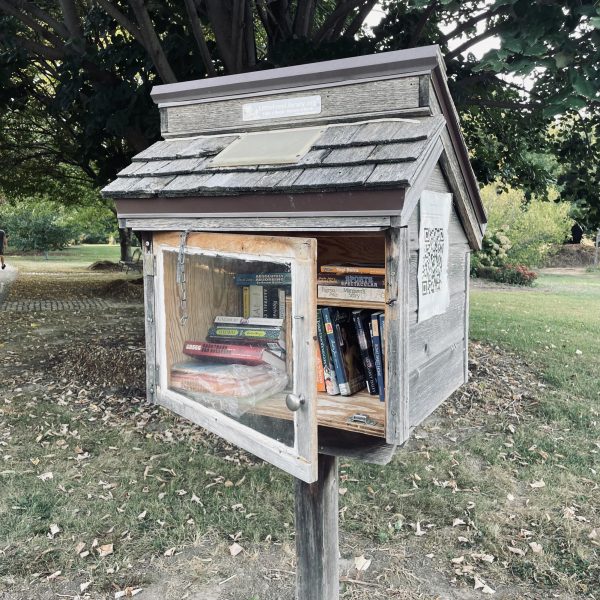
As an active member of the arboretum board, he looks at the bigger picture of how the arboretum impacts the people of Muscatine. It inspires people to take home and incorporate specimens into their own garden, and overall provides a place to just escape for a while.
In December of 1995, before the arboretum was created, a group of community members joined to share their concerns. They input the idea of incorporating an arboretum. With the construction of the Environmental Learning Center in Discovery Park came the paved path weaved between the trees, leading to the creation of the arboretum. The first tree planted that began the journey was a swamp white oak.
Though it started small, the arboretum has expanded thanks to the help of students, volunteers, and those invested in agriculture. Through the people who assisted with the plants and upkeep, many residents of Muscatine and the surrounding areas can enjoy the park.
“It’s just a great asset to the community, right now there’s over a thousand trees, shrubs, you know, plants that have been put in there, and it’s since its existence.”
With every seed planted and roots buried under the ground, the park expanded boundlessly, and biodiversity increased across the area.
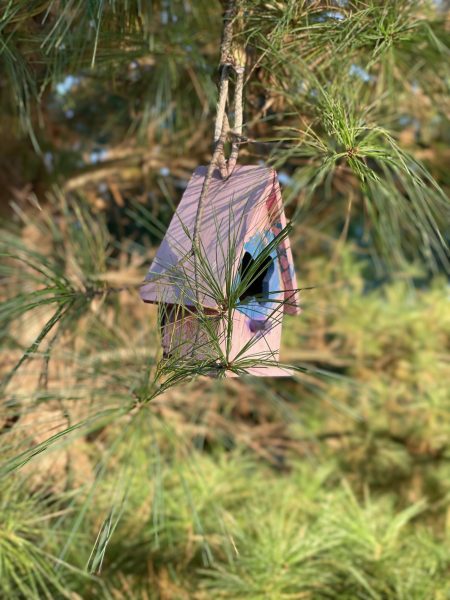
“I just love to see the plants in different sizes and shapes, and I think most people, you know, when they’re old or young, appreciate that too.”
More than just something to look at, the arboretum is a way of getting people involved, whether they are in high school or not; anyone willing to help out is welcome.
“Our goal, as teachers, agriculturists, or whatever, is to get people started. You know, we have to get them interested before we get them to engage and learn.”
Another goal, besides local interest and involvement, is recognition of the key features of the park. Even the things that seem minuscule or unimportant are truly essential parts of the park’s ecosystem. Mr.Tometich wants everyone to understand the significance of each organism in the park.
“Acorns really provide a lifeblood of wildlife, economy, and all sorts of things, here in Iowa. We produced some of the best oak trees or oak lumber in the world, right here in, you know, little old Muscatine, Iowa.”
The arboretum sheds light on the native species in Muscatine; those viney plants and bushes that not many people pay attention to are important to our ecosystem. Highlighting the small things also means involving students, whether it be with volunteering or presenting a slideshow in class. No matter the method, Tometich and Ag teachers alike work hard to encourage students to get involved.
“I’m a big fan of trying to reach a kid or anybody with where they’re at today.”
Both teachers and others heavily involved with agriculture are willing to work hard to meet the goals of students who show interest. Before they can judge soil or show sheep, students have to learn and practice, with the help of a mentor or teacher. Tometich acknowledges that it is a process that requires patience.
“It’s not a one-and-done; it’s an ongoing, and every kid or adult or whatever is at a different place that day. You have to go, ‘okay, let’s see what we can do today.”
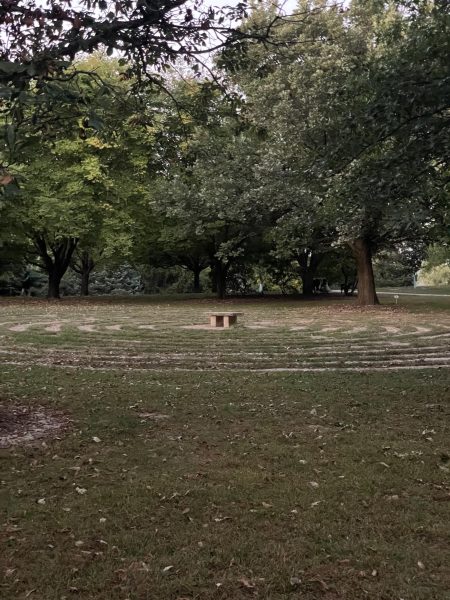
The board members of the arboretum aren’t simply looking for volunteers or people to pick up their slack. They also want to teach students and volunteers how to care for things that produce life. Everything in the arboretum either is alive or brings us a sense of life. A good example of this is the labyrinth. Created by past Boy Scouts, the brick labyrinth is both fun to walk and deeply illustrative of the healing properties of the park.
“It’s supposed to symbolize our path in life and how often the path is not straight, but if you stay on the path, you get to your destination.”
The specialty of the park is that everyone can find something they enjoy. Not everyone has to view the labyrinth spiritually, but anyone can find something special hidden between the trees.
“I can bike ride. Somebody else likes to walk their dog. They can do that. Somebody else likes to see the blooms; they can do that. Somebody else wants a spot for their senior photos.”
The space is meant to be interpreted by its users, so by any means, use it as you wish. Another ideal that the board pushed is to inspire others to plant some of the shrubs in their own garden. It’s important to preserve the habitats of native species and prevent extinction while finding the perfect plants for your home.
“There’s even a pollinator habitat there. There’s, you know, bees, you know, and butterflies, things that have been put in for that.”
Even the animals have a space to be themselves in the park. Aside from all else, there is one main purpose of the arboretum.
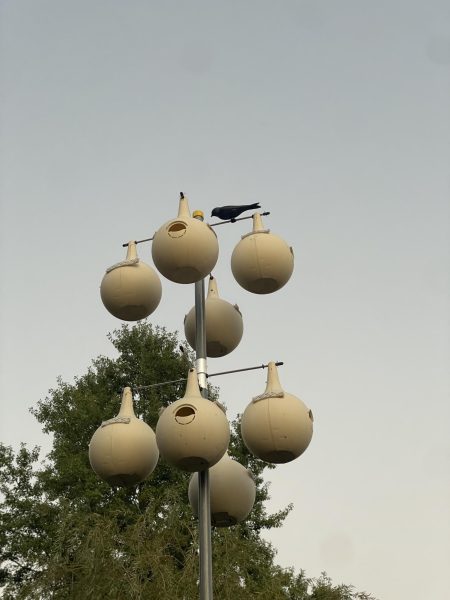
“The big thing is just a chance to hopefully take a break and pause, enjoy things, and hopefully center oneself so that they realize that, you know, things are really good, but also things may not be as bad as they think they are some days, too.”
Enjoying the park covers both the mental and physical aspects of existence, improving both while making it enjoyable. Involvement with the park also isn’t as taxing or blue-collar work as some may assume.
“I’m a believer that you have to, you know, crawl before you walk.”
Most students have already given a helping hand during the day of caring, either spreading mulch or weeding around the trees. Some other students have helped restore the east and west signs for Eagle or Cub Scout projects.
Although involvement is simple, sometimes the environmental resources in town are taken advantage of. Not all communities have an arboretum, riverfront, YMCA, or some of the businesses that our towns offer. Tometich emphasizes that it is in our best interest to enjoy the things our towns offer as much as possible.
“Having an arboretum and having some of the trail system and some of those things actually improve longevity, happiness, health.”
Though the arboretum is already significantly developed, the board plans to construct bathrooms and more trails throughout it.
“If you build it, people will come.”
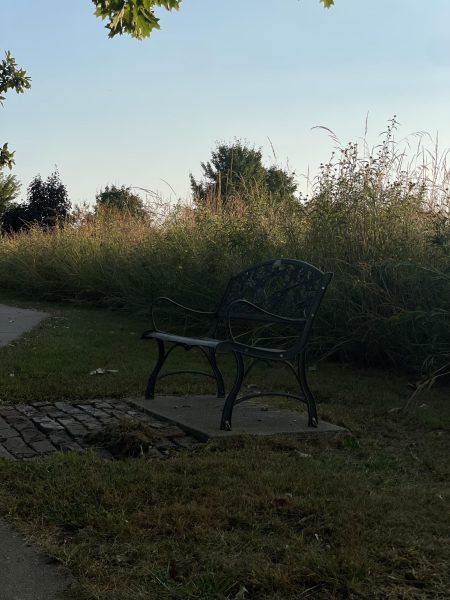
The arboretum also wishes to expand the memorial trees in the park.
“When my last parent passed away, we ended up donating. We have a tree. I think it’s a white oak tree, I believe, but it’s actually in one spot in the area. It’s named in honor of my parents, and it’s something that’s alive. That’s part of me or part of my parents, you know?”
Purchasing a tree is a great way to memorialize someone who has been lost. It also ties back to the idea of personalizing a park and making it into something of your own.
“In order for us to go forward in the future, I believe it’s essential to also reflect a little bit on the past. How do we learn? I think we probably learn a little bit from past successes or failures, and that’s a very neat thing also.”
If you haven’t already explored the park, visit it, and find someplace special to make into your own.



